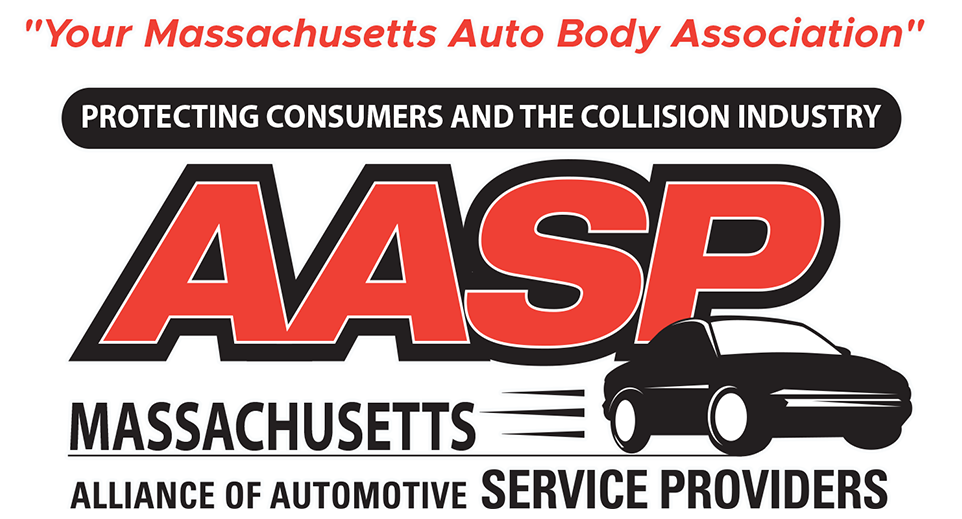| April 2013 Index | Tech Tips | Local News | National News | Biz Tips |
Honda Introduces New Active Braking System
Honda announced the introduction of an active braking system it calls the City-Brake Active System.
When the vehicle is travelling at speeds of less than 18mph, the Honda system uses a laser radar installed in the upper part of the windscreen to detect when a collision is imminent. City-Brake first issues audio and visual warnings to the driver. Then, if the driver does not take action, the system will automatically apply the brakes.
The City-Brake Active System also protects drivers from accidental acceleration at speeds of less than 6mph or from standstill. If the system determines that the driver has pressed too hard on the accelerator pedal when there is another vehicle within 4 meters of the front of the vehicle, the driver will receive audio and visual warnings and the City-Brake Active System will control engine output to restrict the vehicle from moving forward.
Honda will first introduce the system on the all-new Honda Fit which will go on sale in Japan later this year. The introduction of this technology in Europe has yet to be confirmed, and Honda did not specify whether or not it would be installed in U.S. models.
New Cadillac CTS to Be First GM Model with Aluminum Doors

New applications of lightweight materials on the new CTS include the first aluminum doors ever on a GM production vehicle. The all-aluminum front and rear door structures save about 16.5-pounds (7.5 kg) per door over traditional steel doors. Aluminum is also used for the hood, while other advanced materials, including magnesium and lightweight, high-strength, low-alloy steels and bake-hardenable steels, ensure strength while reducing mass.
The magnesium engine brackets on the CTS are about 60-percent lighter and provide the same stiffness as conventional steel brackets. High-pressure die-cast aluminum front strut towers combine several traditionally steel-constructed parts into a single, lightweight component that is about 40-percent lighter and eliminates about 15 separate parts.
A streamlined aluminum front chassis cradle is about 60-percent lighter than conventional cradles and the suspension employs extensive use of aluminum, including many of the links for the front suspension.
Sherwin-Williams Announces 2013 Second Quarter Training Schedule
Sherwin-Williams Automotive Finishes has released its 2013 second quarter training schedule. Courses will be available from April 4 through June 25, 2013.
Through a combination of classroom, web and hands-on settings at various metropolitan training centers, Sherwin-Williams offers course for shop owners, managers, painters and technicians to advance their business-building, production-excellence and paint application techniques.
According to Rod Habel, Sherwin-Williams Automotive Finishes Director of Training Operations, many of these offered courses directly tie in to the Sherwin-Williams philosophy of ‘lean thinking’ – introducing concepts that support environmentally responsible practices – which increase productivity while minimizing or often eliminating waste.
Full details on the schedule for training centers, dates, specific course descriptions and locations, are available on the Sherwin-Williams website or call 1-800-SWULTRA (1-800-798-5872).
Volvo Unveils World-First Car-Enveloping Airbag Technology

The External Vehicle Protection system consists of a small container built in the roof of the car, which contains a folded-in, vacuum-pulled balloon of similar material to existing airbags. In case of an unavoidable collision, whether it is with another car, a roadside object or even when coming into contact with surface water, the balloon deploys around the car within milliseconds. By completely enveloping the car, the External Vehicle Protection system ensures that damage and personal injury as a result of collision is minimized.
Volvo says it has a long history of leading automobile safety research and innovation, exemplified by many breakthroughs and world-firsts, and with this revolutionary External Vehicle Protection solution, Volvo takes this heritage to the next level.
“For years, we have been looking at how to increase safety in our vehicles, and the airbag has played a central role in that journey,” says Thomas Broberg, Senior Technical Adviser Safety at the Volvo Cars Safety Centre.
“This new safety feature is the embodiment of the Volvo brand philosophy, Designed Around You. All we did was taking a very literal approach to Designed Around You. Instead of finding new areas inside the car where we could add more airbag-like safety systems, we asked ourselves: why not cover the complete car in an airbag-like solution?”
Volvo said the External Vehicle Protection system is still in a testing phase, and the company is investigating whether the system can be fitted in future Volvo cars.

